Good Morning! (GMT+2 version)
Kookaburra family portrait, Bald Knob
#photography #birds #kookaburra #BaldKnob #family #gift #EastCoastKin
Good Morning! (GMT+2 version)
Kookaburra family portrait, Bald Knob
#photography #birds #kookaburra #BaldKnob #family #gift #EastCoastKin
A tufted duck swims on the surface of choppy water, its head turned slightly to the side. The image captures the dynamic texture of the water and the bird in its natural element. #tuftedduck #birds #lukehaigh #photography #canon #photo
Some #photos from my husband's mid day Friday walk beside the River Tay in West Ferry, #Dundee, #Scotland. #BroughtyFerry#Photography#Birds#Birding#BirdPhotography#BirdsOfMastodon
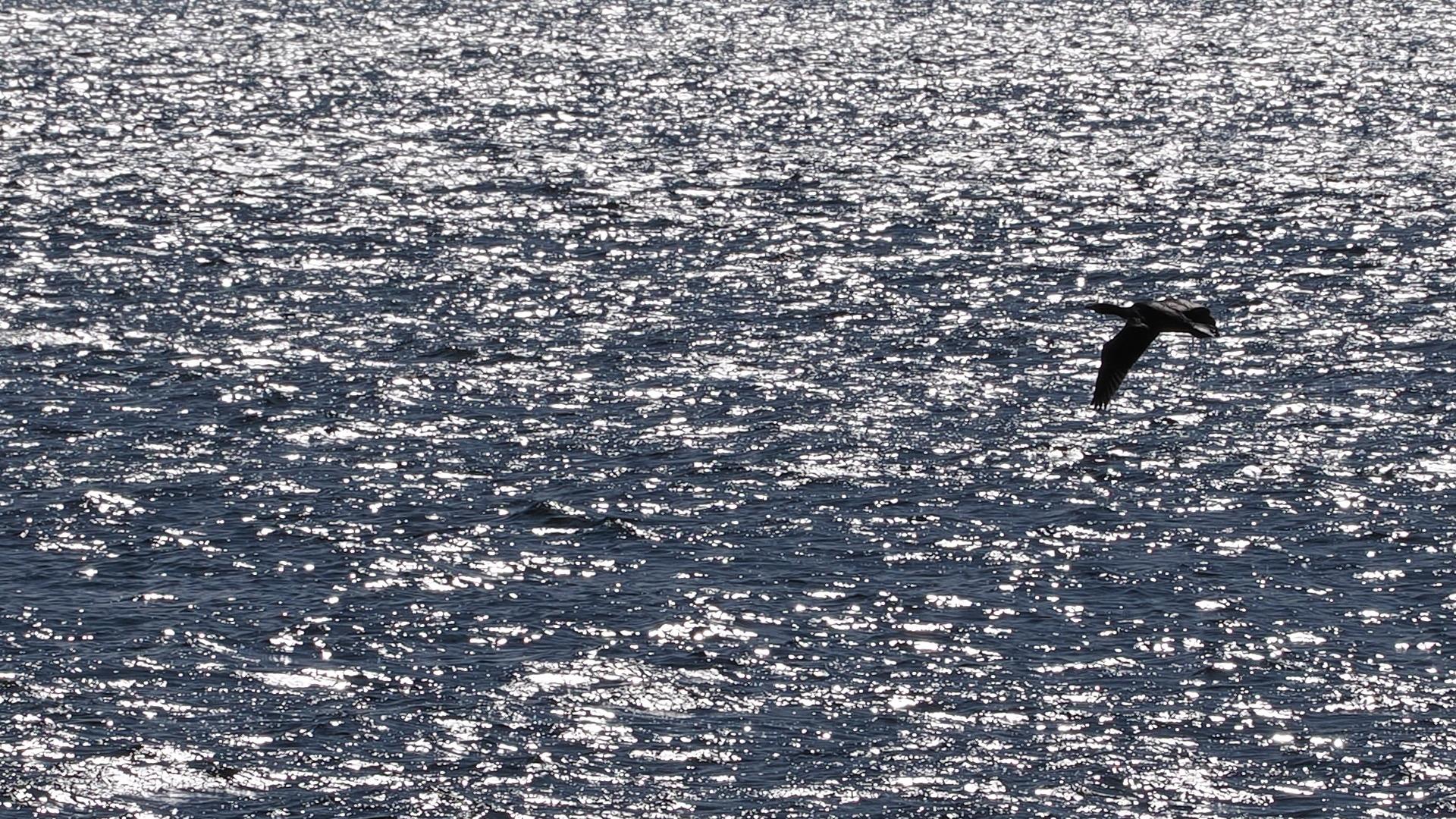
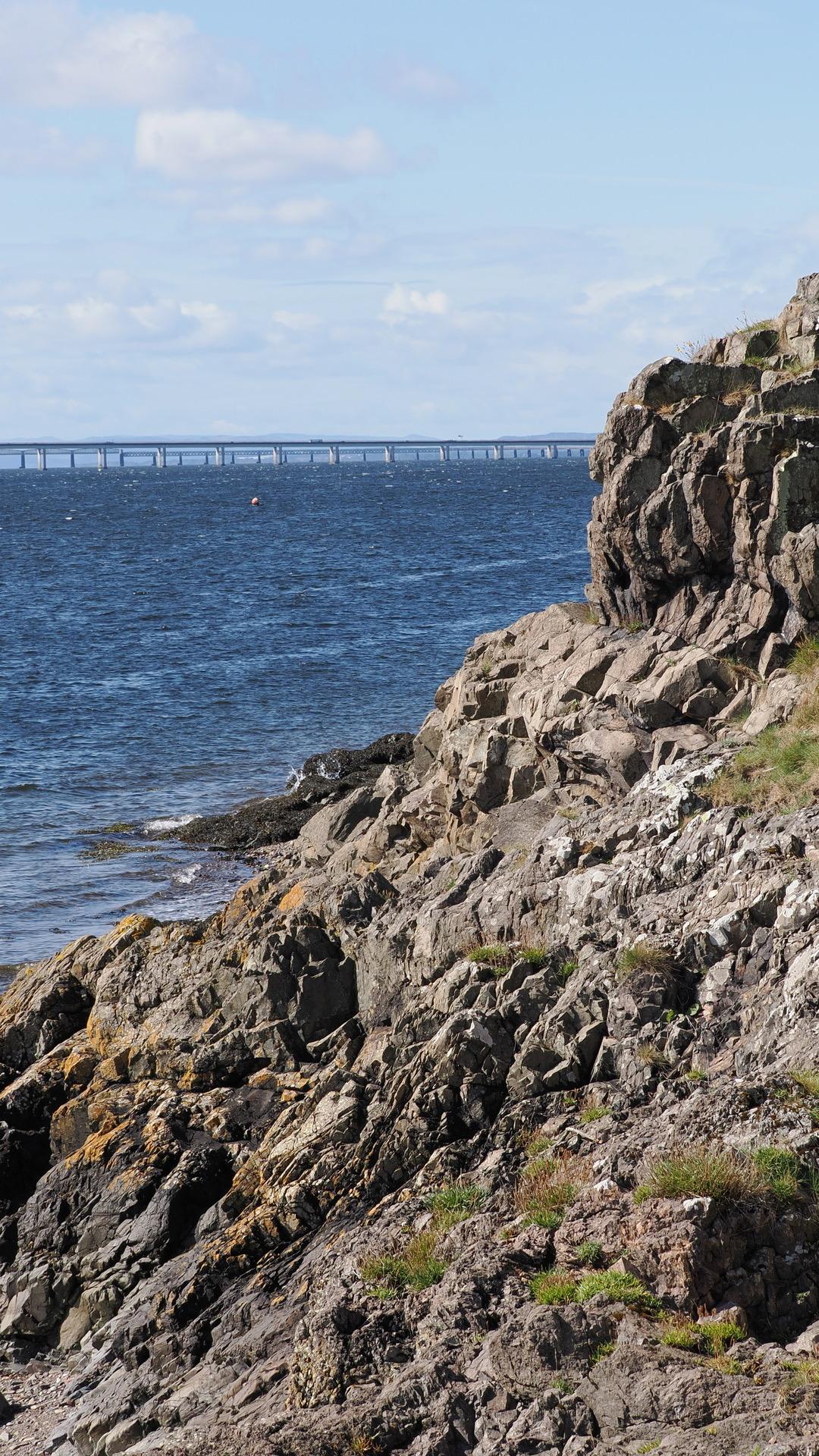
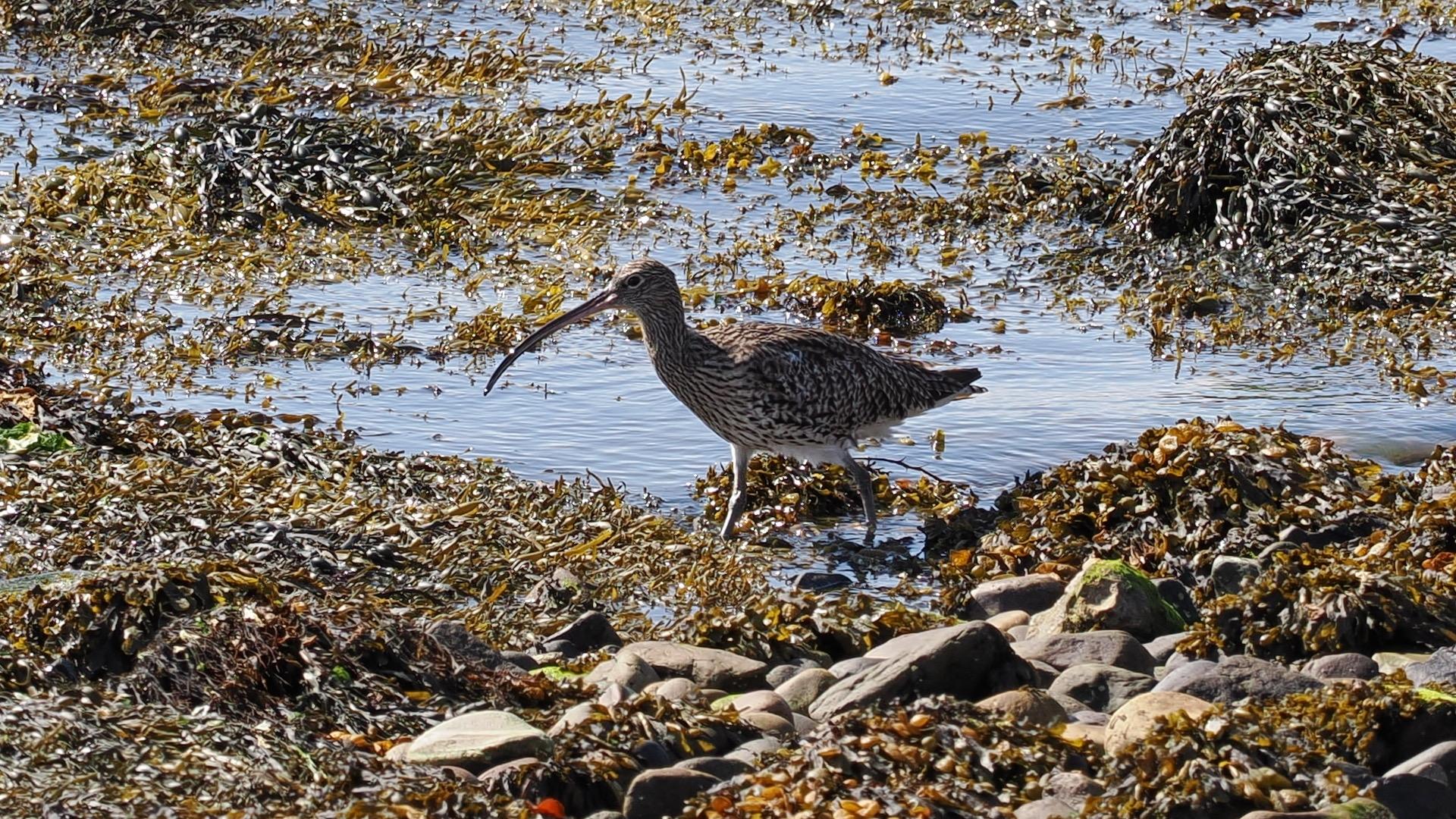
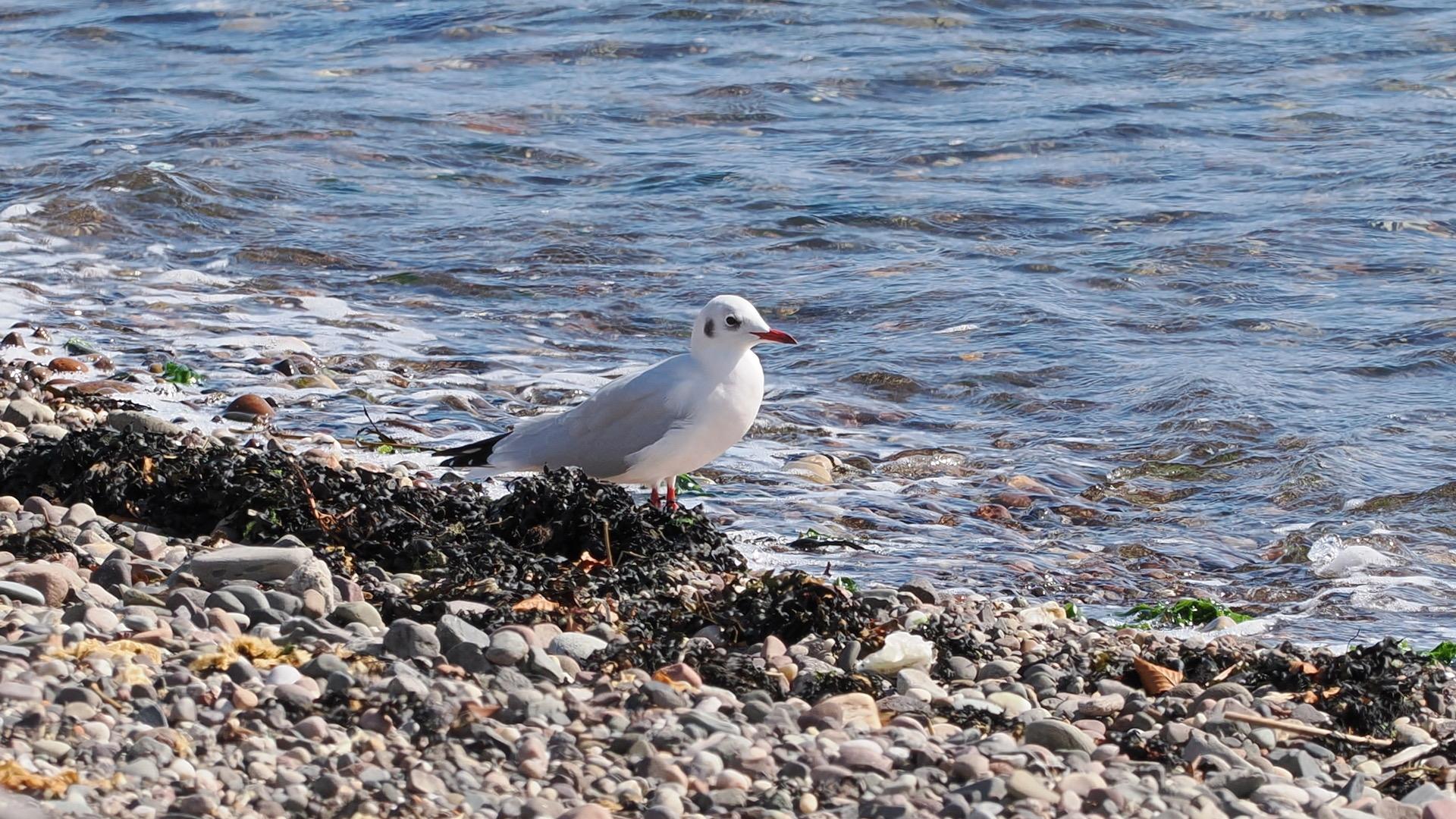
Scoping things out
Cormorants posed as a Renaissance painting
#AlphabetChallenge #WeekJforJetBlack #ClassicMono #photography #birds #cormorants #wetlands #wildlife #highkey #art #humour #EastCoastKin
A Little Black cormorant apparently fishing on dry land
#ColorADay #GreenSat #photography #birds #cormorant #wetlands #nature #PondWeed #humour #EastCoastKin
A grey heron wades through shallow water, its long neck extended and its gaze fixed to the side. The image captures the natural habitat of the bird, with a muddy bank in the background. #greyheron #birds #lukehaigh #photography #canon #photo
Yellow in the Undergrowth
Here’s a scarlet tanager (Piranga olivacea)—female, I believe. I captured this image years ago while she lingered in an oak tree just beyond my fence. It was the first time I’d photographed one, and I remember thinking: maybe I’ll see a male someday. Who knows.
If you’re captivated by indigo buntings and other members of the Cardinalidae family—better known as the cardinal family—step into my photo gallery for a visual feast. Come take a look:
https://swede1952-photographs.pixels.com
#photo #photography #photographer #photographylovers #wildlife#nature #bird #birds #birding #birdwatching #birdphotography#ScarletTanager
European pied flycatcher 🥰
#photography #photo #foto #fotografie #nature #wildlife #birdwatching #birds #birding
A jackdaw cyanotype by Deborah Parkin 🐦
https://www.thisiscolossal.com/2022/02/deborah-parkin-cyanotypes/
New on my #blog: https://aspi.blog/2025/09/05/england-mens-odi-side-struggling/
A look at goings on in the first two matches of the ODI series between the England and South Africa men's teams and a very large #photo gallery.
#cricket #ODIs#ENGvSA #photography #birds #cormorants #insects #bees #butterflies#RedAdmiral
City Royals
Here’s one for the pigeon lovers. These two rock pigeons—Columba livia, if you’re feeling scientific—are regulars in my backyard. I call them officers of the pigeon battalion, part of the morning flock that descends on my bird feeders with military precision. If you look closely, you’ll see what I call epaulets on their shoulders—markings that suggest rank, or at least attitude.
The pigeon in the foreground is easy to spot. He’s got a grizzle effect in his plumage, a genetic quirk that gives him those distinctive white patches. Like camouflage, but for a bird who doesn’t bother hiding.
I used to try discouraging their visits. They’d clean out the seed before the songbirds even got a chance. But nothing worked. So I went with the old saying: If you can’t beat them, join them. Now I just salute and let the battalion do its rounds.
If you're a fan of stunning dove imagery, be sure to explore my photo gallery for a collection of beautiful snapshots that capture their elegance and charm.
https://swede1952-photographs.pixels.com
#photo #photography #photographer #photographylovers #wildlife#nature #bird #birds #birding #birdwatching #birdphotography #dove #pigeon#RockPigeons#RockDoves
Es ist Zugzeit
Bird of the Day — Black-throated Green Warbler, Kansas, yesterday
#Birds#NaturePhotography#Nature#Wildlife#NatureCommunity#Photography#BirdPhotography#BirdWatching#Migration#Warbler#FlyoverCountry
Little Corellas having big feels: a series

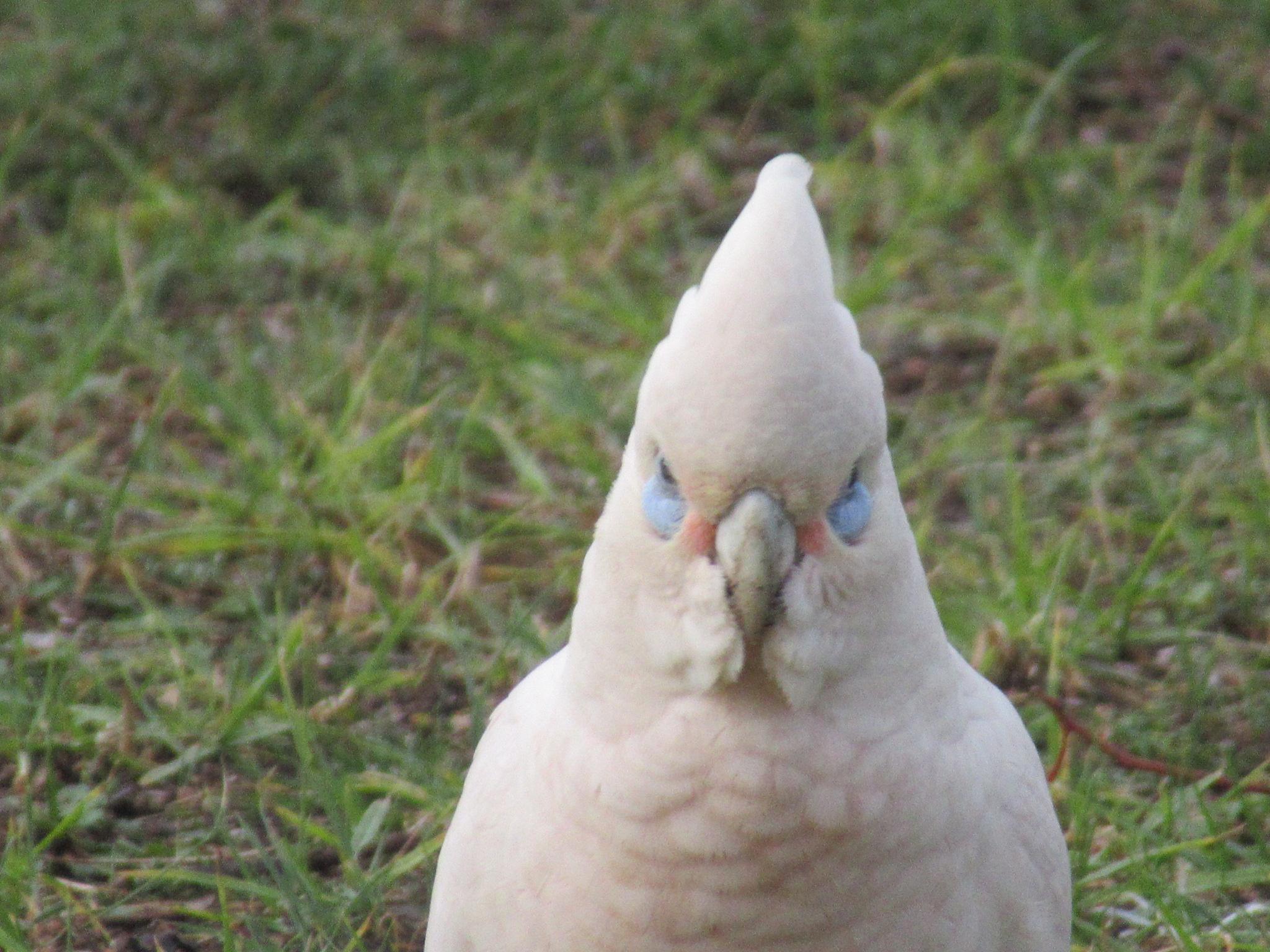
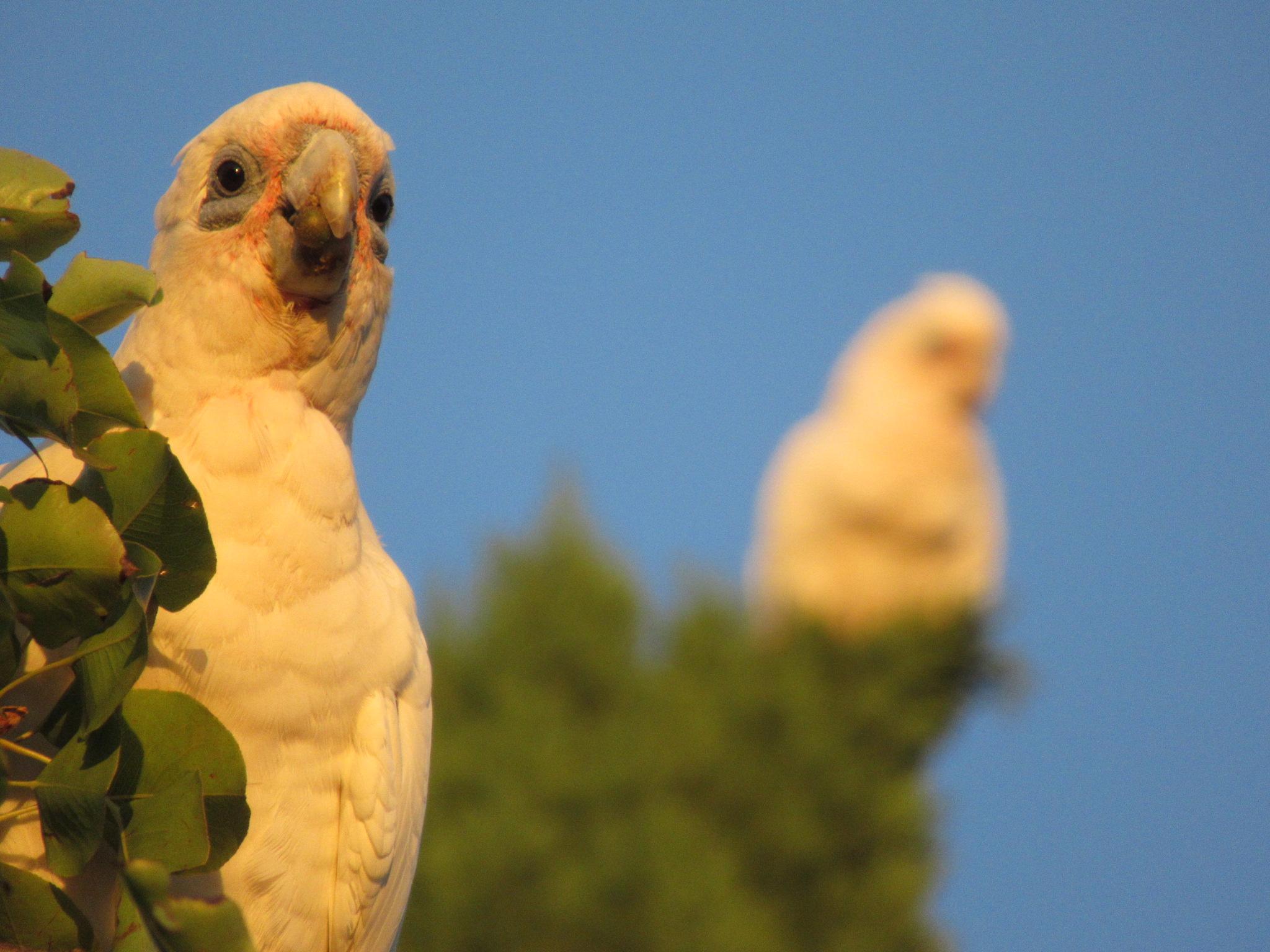

Dark-eyed junco (Junco hyemalis oreganus) listening to sounds coming from insects hiding in the forest floor.
Photo taken during a private photo tour this summer.
#birds#BirdsOfMastodon #nature #wildlife #photography#VancouverIsland#BritishColumbia#Canada#VancouverIslandWildlife
These cheerful little guys. My aunt once had one who was a real performer and could get quite hysterical. While headbanging, he sometimes forgot the sticky fly catch strip hanging from the ceiling. He could always be freed without damage.
#petshopboys #birdswatching #birds #humour #parakeets #photo #photography #minimal
Haubenlerche - Crested Lark - Galerida cristata
Die Haubenlerche gilt in der Schweiz leider als ausgestorben und in Mitteleuropa ist sie stark in Bedrängnis. In Süd- und Osteuropa ist die Population dafür recht gross und noch stabil. Ausschlaggebend dafür ist das Nahrungsangebot und als Bodenbrüter geeignete Nisthabitate zu finden.
Unfortunately, the crested lark is considered extinct in Switzerland and is severely endangered in Central Europe. In Southern and Eastern Europe, however, the population is quite large and still stable. The decisive factors for this are the availability of food and suitable nesting habitats for ground-nesting birds.
📍#Extremadura#Spain
#fotografie #natur #naturfotografie
#vögel #vogelfotografie
#photography #nature #naturephotography
#birds #birdphotography
#Haubenlerche#CrestedLark
This is a bonfire demo instance for testing purposes.